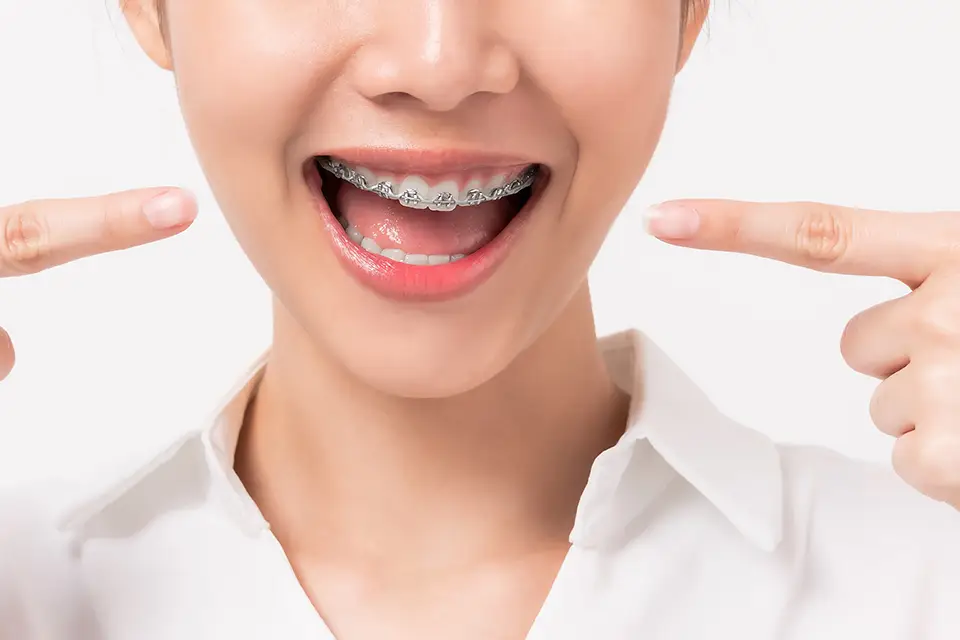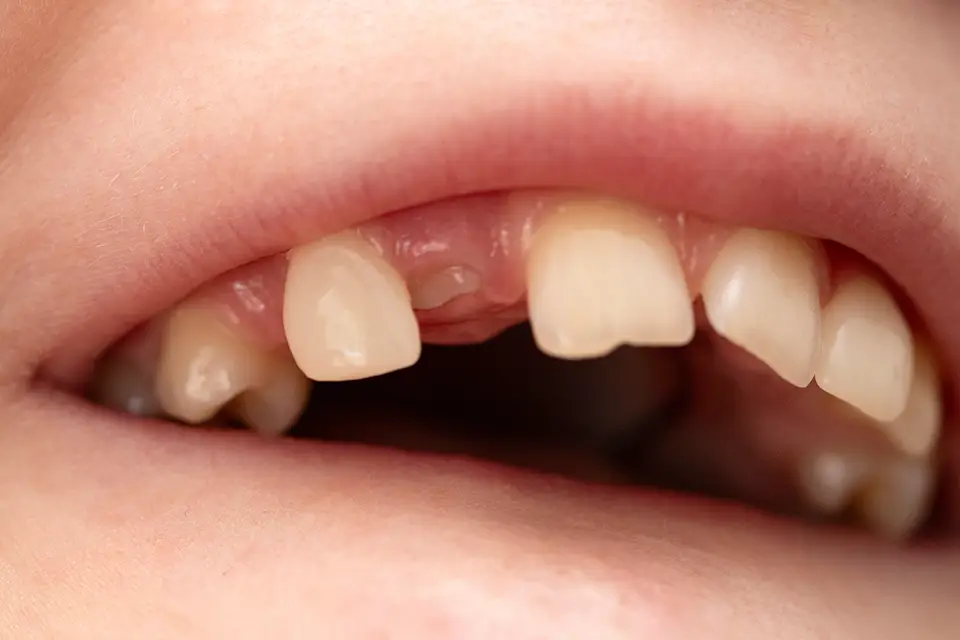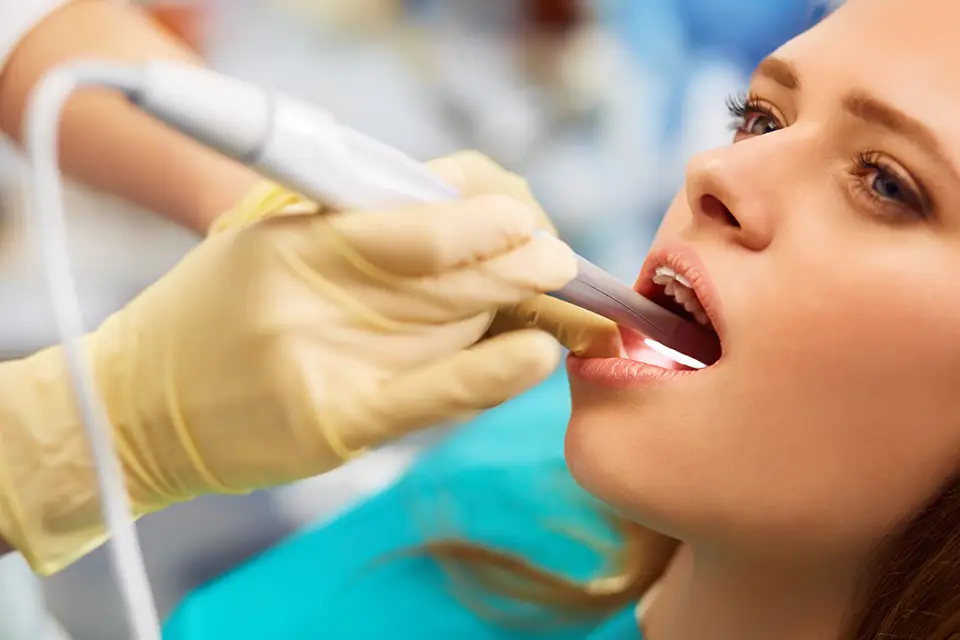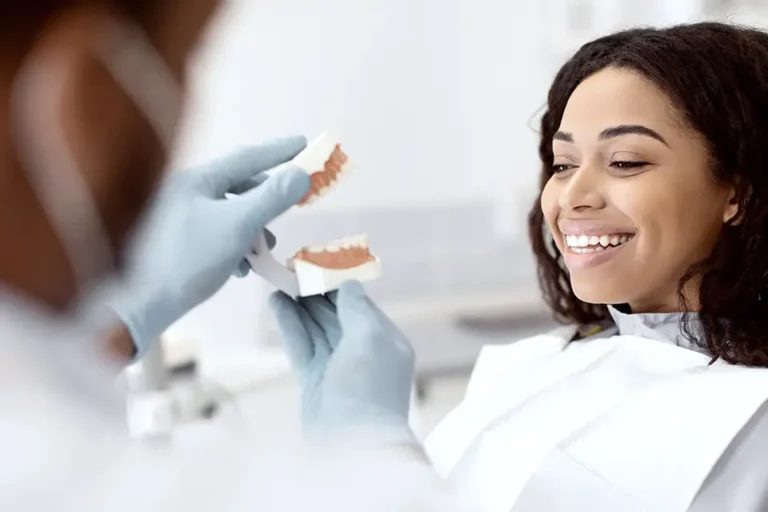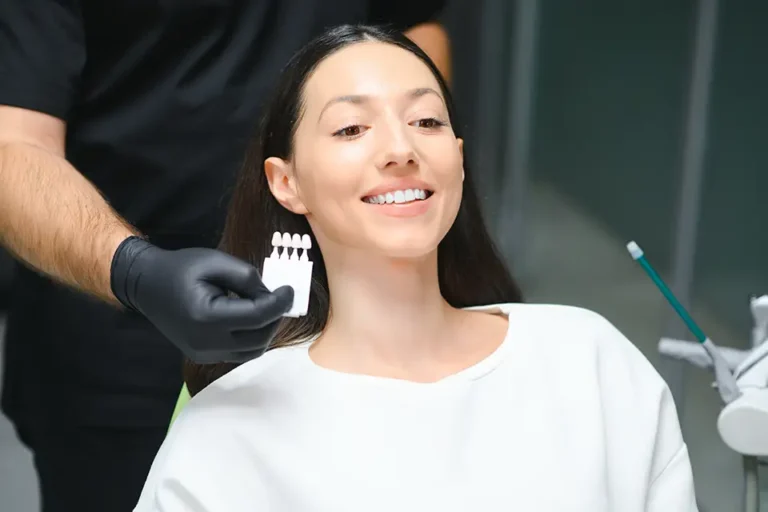Statistically, one person in five people has some malocclusion of teeth. This can also be irregular contact or interaction between the upper jaw and lower jaw teeth. Occlusion (a term used to refer to proper teeth alignment) is not always achieved naturally. Ideally, your jaws should align naturally. This alignment should be in a way that lets the upper teeth fit over the lower teeth. This positioning should then allow the upper teeth to fit into their lower teeth grooves. When your teeth do not fit naturally, then you will have various problems.
These problems include gum diseases, tooth decay, problems when cleaning teeth, and other issues. However, one thing is certain. Your smile will be significantly affected. Malocclusion has been known to be very uncomfortable. Naturally, people are very self-conscious when it comes to their teeth. Therefore, when their teeth are misaligned, the problem tends to become even worse.
What is Malocclusion?
Malocclusion is a term used by an orthodontist when referring to misaligned or crooked teeth. A poor bite is another term used to refer to the condition. The term bite is used to refer to the way your upper teeth and lower teeth fit together. A normal bite is a condition whereby your upper teeth rest slightly forward over your lower teeth. However, people with a perfectly normal bite are very few.
Is malocclusion a problem? Most often than not, malocclusion is a problem in a cosmetic way. This means that people don’t like the way they look with crooked teeth. In some other cases, the problem can have some severe implications on personal health. However, the main implication is self-esteem. Taking care of crooked teeth can also be pretty difficult. This will then lead to tooth decay, gum diseases, and eventual loss of the tooth. Severe cases of malocclusion lead to problems in speaking and also eating.
However, if you suffer from teeth misalignment, you don’t have to worry about it being permanent. A quick online search will take you to multiple clinics that offer orthodontic treatments at very affordable rates. Orthodontic treatment will help you improve your smile, oral health, personal appearance, and improve your self-esteem.
What Causes Malocclusion?
Do you have an issue with teeth alignment? This could probably be because the problem has been passed over generation-wise. Most cases of a misaligned bite are inherited conditions. For this reason, there is practically little you or another person would have done to correct it. Apart from genetic causes, malocclusion can also be caused by some habits or conditions.
These habits lead to changes in the jaw and, consequently, a change in the teeth alignment. Some of the conditions and habits that are known to cause malocclusion include the following.
- A cleft palate or lip
- Consistent use of pacifiers for children over three years
- Extended use of bottle feeding in the early stages of childhood
- Prolonged sucking of the thumb in the early stages of childhood
- Injuries or trauma on the head that could cause jaw misalignment
- Abnormal growths or tumors in the jaw
- Impacted or abnormally shaped teeth
- Ill-fitting dental fillings, braces or crowns can also lead to malocclusion
- Obstruction of the breathing airway caused by allergies or other obstructive conditions
Primarily, this condition occurs when you have jaw or size problems of the jaw. The most common cause is the availability of very little or too much room on a specific jaw.
A jaw with a very small room can lead to overcrowding of the teeth. If a jaw is very big, then your teeth will grow and probably get out of place.
What Are the Symptoms of Malocclusion?
What malocclusion symptoms should I look for? Malocclusion come in various types. Depending on the type of your malocclusion, your symptoms may be very severe or even very subtle. However, you can tell a typical malocclusion if you experience the following symptoms.
- Poor alignment of teeth
- Changes occurring in facial appearance or the jaws
- Biting of the tongue or the inner cheeks frequently
- Feeling of discomfort when biting, chewing or grinding
- Speaking problems that can even lead to a lisp
- Lost capability to breathe through the nose
Diagnosing Malocclusion
During a routine visit to the dentist, your orthodontist can diagnose a malocclusion. To evaluate the extent of your malocclusion, your doctor will have to conduct extensive dental exams. For instance, the dentist will perform a dental X-ray to evaluate how good your teeth alignment is. Some of the physical signs of malocclusion include misaligned molars, gaps in teeth during a complete bite. When your dentist detects some misalignment, they will classify it in one of the following classes.
Class 1
This classification of malocclusion categorizes all the types of malocclusion that involve the upper teeth overlapping the lower teeth. Most of the time, this classification represents bites that are normal and have a slight overlap. Statistically, most of the teeth misalignment are categorized under this classification. A misalignment in this category can also be referred to as a mild malocclusion.
Class 2
Your dentist will diagnose you with this classification of malocclusion if you have a severe overbite. A severe overbite means that your upper jaw teeth overlap your lower jaw in a significant way. Mostly referred to as retrognathism, this condition involves your upper jaw protruding way forward than it should be.
Class 3
If you have a very extensive under-bite, your dentist will diagnose you with a Class 3 malocclusion. This malocclusion involves all the types of bites where the lower jaw has extended forward significantly. Dental experts refer to the condition as prognathism. In this condition, the lower jaw teeth overlap the upper jaw teeth.
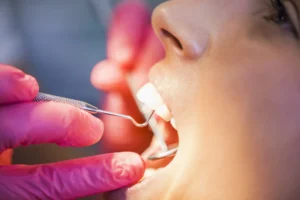
How to Treat Malocclusion of Teeth
Wondering how to fix malocclusion? If you have mild malocclusion, you might not require any treatment. If, however, your malocclusion is severe, your orthodontist will refer you to an orthodontics expert. Malocclusion of teeth treatment is very much dependent on the type of dental alignment problems you are having. Some of the common treatments include the following.
- Braces for teeth position correction
- Removal of some teeth to reduce the overcrowding
- Capping, bonding, or reshaping of your teeth
- Surgery to shorten or reshape your jaw
- Plates or wires that help in stabilizing of the jaw bone
The use of surgery is not the first choice for most orthodontic surgeons. It is mostly used for severe malocclusion, whereby the condition is too extensive. This can be especially the case when you have a jaw malocclusion. Once your dentist identifies the type of your improper teeth alignment, they will talk you through some of the best routes for the malocclusion correction. Like other treatments, treatment of improper teeth bite alignment can also come with its complications. Here are some of the complications that you can develop.
- Discomfort and pain
- Decay of teeth
- Mouth irritation especially due to abnormal teeth alignment appliances and devices such as braces
- Difficulty in speaking and chewing during the treatment period
How to Prevent Misalignment of the Teeth
Prevention of malocclusion is not an easy task. This is especially difficult when the problem is hereditary. If the problem is genetic, it will require the use of corrective methods to alleviate the situation. Therefore, if you are a parent, you should limit bottles and pacifiers to feed your child. The use of pacifiers and bottles leads to changes in jaw development. This change will affect the natural occlusion of your teeth. If you detect any malocclusion early enough, you can take action in time to prevent the problem from becoming severe.
This will also help in cutting down on the length and cost of treatment required. You can find out if you or your child is developing malocclusion by making it a habit to visit the dentist’s office. When you visit a dentist regularly, they evaluate your teeth’ growth and handle any misalignment that might happen.
Conclusion
The treatment of malocclusion in adults and children is mostly a corrective effort. When detected as early as possible, it can be treated at a shorter time and lower costs. However, if the problem is pervasive, the cost and length of treatment goes up. Generally, the treatment of malocclusion in children takes a shorter time and also requires less money. Though the treatment is also very effective in adult, the duration of the treatment is usually long.
Upper and lower teeth not aligned? Zara Dental are specialists located in Houston, Texas, who will help you in jaw teeth alignment. Correcting misaligned teeth can be especially difficult. However, these specialists will take you through each step of the way.
Frequently Asked Questions
Q. What is the cost of braces in Houston Texas?
A. The cost of braces is dependent on the type. However, the least you can expect pay is $3000.
Q. Are misaligned jaws treatable?
A. Yes, the treatment is dependent on the type of your malocclusion.



